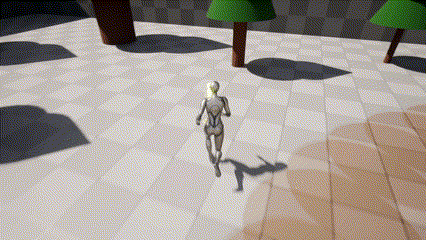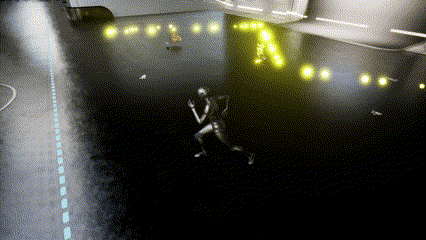

UE 5
Tracking System
This is a modular Unreal Engine Tracking System made for other designers. It is useful for anything from quest tracking to hunting or detective games.



1
8 weeks
About
This tracking system is a tool for other designers working in UE5 to create tracking in their game for quests, hunting, clue collection, etc.
Modularity
All of the system's features are completely modular and customizable from how they work to how they look to be able to adapt to any designer's needs.
Tracking
The system allows for a variety of gameplay involving any collection and guidance from item to item. This is perfect for hunting, detective clue collection, and quest systems.
Clean and clear
The system encompasses a vast range of uses and is made for UE beginners, due to this all blueprints and documentation must be clear to the users to allow easy understanding and personalization of the system.

Role and Contribution
Technical Designer
-
Researched games with similar systems to understand the potential needs of the designer.
-
Researched UE tools to choose the best implementation methods.
-
Designed and Integrated:
-
Track interaction system.
-
Modular track placement system.
-
Modular track guiding system.
-
Customizable UI popups.
-
-
Created clear documentation and instructions on how to use the system.
Interaction
What
There are 2 types of tracks: object tracks and decal tracks.
-
The object tracks use meshes that the designer imports and the decal tracks allow them to create new decals from a premade material.
The user can use the premade interaction method for the tracks from the Tracking Manager Component or use their own, only needing to connect provided events to their system.
Why
-
Based on research, most tracking systems of this style have two different track types: decals (blood or footprints) and objects (clue items).
-
The actor component makes it very modular. Using collisions instead of tracing makes it easier for beginners and due to custom collision channels, it doesn't impact performance.
How
-
The BP_Track holds all functionality for how it looks, how it connects to other tracks and the information that is displayed in the UI popups.
-
The AC_TrackingManager is attached to the player blueprint, it handles all overarching tracking functionality (How-To for more detail).
-
When using the provided interaction system, the Tracking Manager will attach a customizable collision box to the player. It has a custom collision channel that can only overlap with the tracks for improved performance.
-
Track collection
Placement
Manual Placement
What
The user can manually place the tracks in their level. After placement, the user has to go to the final track in the sequence and add all the previous tracks in order to a public array.
Why
The designer may want to make premade tracks for levels or scenes. Detective games and quest systems would most likely use this style of track placement.
How
On begin play, the final track in the system sets internal information in all other tracks in the array to set the sequence they belong to. The Tracking Manager takes this information to determine the next track in the sequence to guide the player to if they are eligible.
Automatic Placement
What
The user can connect the Track Dropper Component to their moving actor which will leave tracks behind based on different variables: frequency, lifespan, visuals, type of tracks, and frequency of each track type. The system is customizable, and the user can link it to their own functionality (ex: animation notifies).
Why
The designer may want to make dynamic levels with moving targets that the player has to track. Hunting systems will most likely use this style of track placement.
How
The AC_TrackDropper tracks the distance traveled by the parent actor and spawns tracks under it based on their frequency.
-
These tracks are added to an array which determines their sequence. In this case, the component itself acts as the final track and will be guided to when the player is eligible.
Guiding
Manual Guiding
What
The manual guiding allows the user to have completely custom paths the player follows. This method only works for manually placed tracks and is incompatible with automatic tracks.
Why
The designer may want to create custom routes for the player to follow such as following cables on the ground or going on a scenic route in the level.
How
The user must drag the BP_NavigationalGuide into the level and set the spline to the desired shape and VFX. Next, they have to set the guide reference in the placed tracks.
Every track has a guide reference, either manually or automatically created, on player interaction, the track triggers the guide's functionality - in this case VFX following the spline.
Automatic Guiding
What
If no manual guiding is placed, it will generate automatically based on the current navigational query filter selected in the Tracking Manager Component. If paths are present in the level, the guiding will stick to those paths.
-
Alternatively, the user can also choose the guiding to follow a moving target directly and leave a trail that fades away based on distance inside the Track Dropper Component.
Why
The designer may want the objectives to generate guiding on their own for dynamic levels, moving targets, and fast implementation. They also may want the guiding to adapt to paths or roads they have created in the level so that the player can follow them. This guiding style is perfect for hunting and quest systems.
How
-
If the player is eligible to guide, and no guide reference has been set in the track, on investigation a BP_NavigationalGuide is spawned. It will take the query filter from the AC_TrackingManager to find the best possible path to the next objective.
-
The system comes with a premade BP_PathDropper that allows the user to place invisible paths in the level that affect navigation. It works by placing Nav Modifier Volumes along a spline.
Documentation
What
My main two references for research were Monster Hunter World and Red Dead Redemption 2 and their animal tracking systems. I have also researched typical quest systems that involve guiding for navigation in triple-A games (ex: Witcher 3).
Why
I needed to understand what the designer's needs were and how to meet them. I researched to understand what kind of gameplay feel and player interaction this system would have and how the designer would be expecting this system to work if they were to use it.
How
I compiled a list of features that these systems have and went in-depth into which of these features a designer would need for an all encompassing tracking system and how these features should work if they were to be implemented.
What
The How To Document is an instruction document detailing exactly how to set up the system to work after migrating it into a project. It also lists all the public variables that the designer can use to customize the system and examples of potential implementation cases.
This is supported by a demo level provided with the system that has a gym showcasing all features step by step.
Research
How To
Why
This document is crucial to the functionality of this system. It provides a smooth development process to the designers using it and increases their knowledge and understanding of how it works.
How
The How To has been made by going through every feature and explaining how to use it. The document has been tested for comprehension and readability by giving it to other designers and asking them to use the systems following the instructions.
















